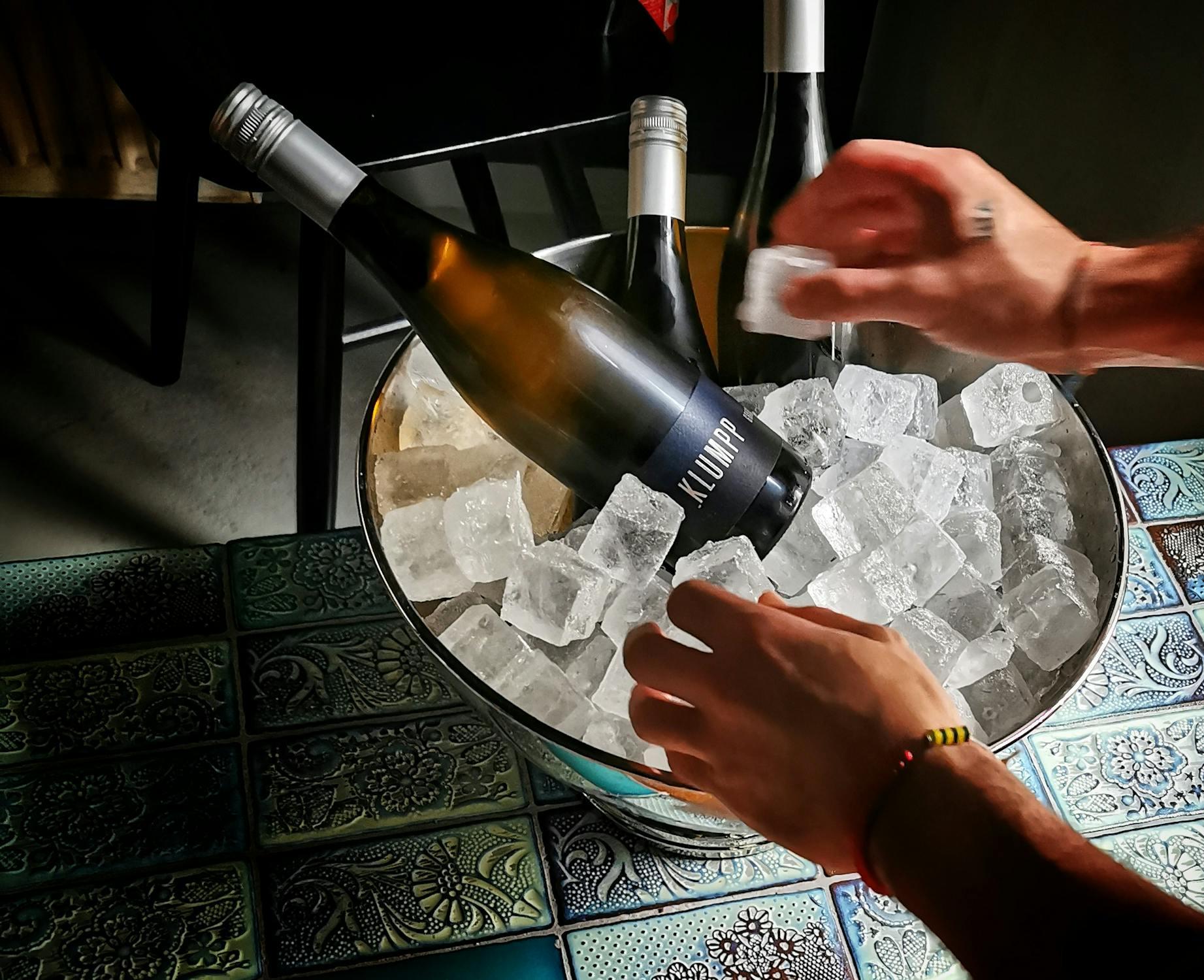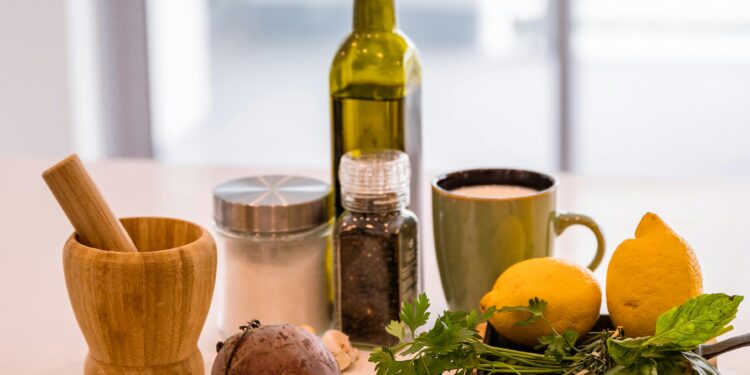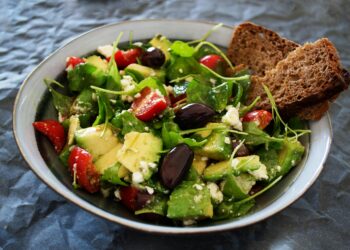Wine has many uses in cooking in addition to being a great beverage. It’s possible that you have seen cooking films where the chefs cook their meals using both red and white wines. This is due to the fact that food tastes better when this is added. Red or white wine, each variety has distinct flavors of its own.
In this post, we’ll look at some of the advantages that these bring to a meal. If you understand why this is used in cooking, you may decide to use it and probably be able to produce great meals like the chefs do.

Wine in Cooking
Wine has a couple of characteristics like being acidic, alcoholic and also containing tannins (especially in red wine). The acid contained through ingredients like vinegar or lemon, can help tenderize meat.
Typically, meat is made up of muscle fibers which makes them tough. This acid causes the meat to go through a process called denaturation, which breaks down the muscle fibers in the meat and makes it softer. Because of the acidic nature of wine, its flavor penetrates into the muscle fibers and enhances the texture and flavor of the meat.
Chefs usually use wine for marinating meat or deglazing. Ever seen a chef pour wine into a hot pan after cooking meat? That’s deglazing. This helps scrape up all the brown bits stuck to the pan, which creates a delicious sauce full of flavor. Also wine, especially red wine, contains tannins. Tannins come from grape skins, seeds, and stems. These tannins add depth and complexity to dishes.
How Do You Choose The Right Wine?
For starters, here’s what you need to know about each.
- Red Wines: They are bold wines, which are perfect for strong-flavored dishes like beef, hearty stews, or sauces with a lot of flavor.
- White Wines: They are delicate, which are better for lighter dishes such as fish, chicken, or creamy sauces.
The key to choosing the type of wine for cooking basically depends on the type of food you want to make. Your wine of choice should match the intensity of your meal. Let’s say you’re going for a rich and heavy meal like thick steak or heavy stew, you need to go for red wine which has a more bold taste. But a light meal like salad and a salad dressing with grilled fish, white wine will suffice because it tastes more delicate in the mouth.
Another thing to consider is how sweet you want your meal to be. Sometimes food can be sweet, like desserts or dishes with a sweet sauce. If you have a sweet dish, and you still feel the need to add in a drizzle, it’s good to choose dry wines. Dry wines aren’t sweet by themselves, they have a refreshing and crisp taste. They don’t add extra sweetness to your meal, which helps to balance out the sweetness of your meal.
What Can You Use Wine For When Cooking?
Here are a couple of ways you can incorporate this into your cooking.
- As marinade, to soak meat, poultry, and even vegetables
- As braising liquid to braise meat
- As pan sauce during deglazing
- As flavor enhancement when making things like creamy risotto
Conclusion
As mentioned earlier, using wine in cooking isn’t just about adding flavor; it’s about making your dishes taste amazing. Whether you’re marinating meat, making sauces in the pan, or cooking creamy risotto, it makes a big difference in how your food tastes.
We learned that wine can do a lot: it adds richness to stews with red wines, or it can lighten up dishes with white wines. You might be skeptical about trying this out if you haven’t already. But cooking is about having fun and trying new things. Don’t be afraid to experiment with different wines and recipes. You might discover new flavors and create dishes that everyone loves.

















